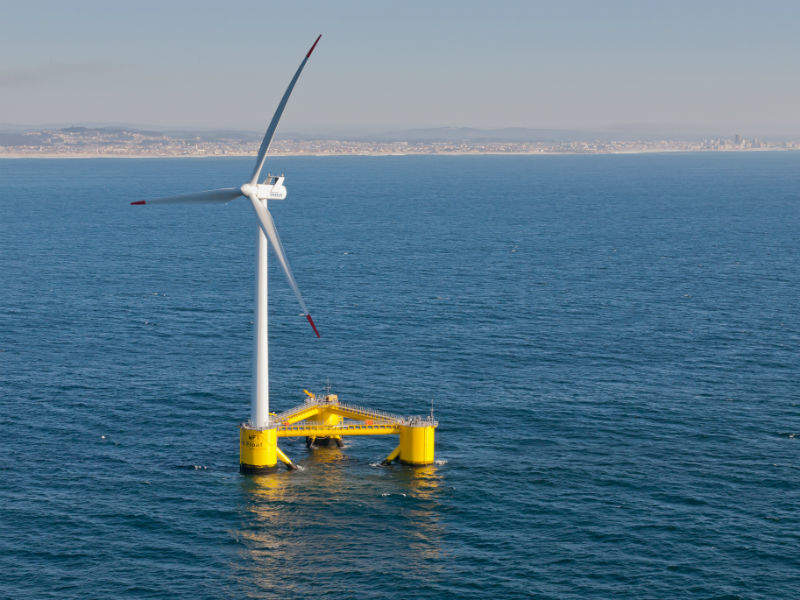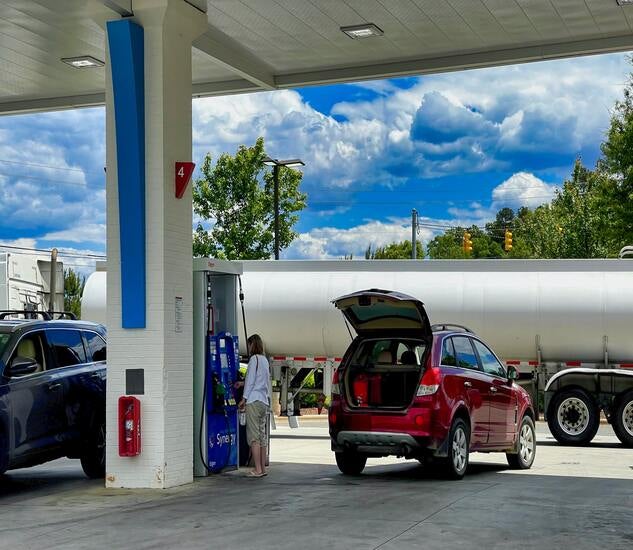
Norwegian energy giant Equinor has announced it will explore the potential of floating wind technology and electrification to reduce greenhouse gas emissions from its offshore oil facilities.
The proposal includes installing floating wind technology at its Gullfaks and Snorre oil and gas fields, thereby supplying the oil and gas industry with electricity for the first time.
How well do you really know your competitors?
Access the most comprehensive Company Profiles on the market, powered by GlobalData. Save hours of research. Gain competitive edge.

Thank you!
Your download email will arrive shortly
Not ready to buy yet? Download a free sample
We are confident about the unique quality of our Company Profiles. However, we want you to make the most beneficial decision for your business, so we offer a free sample that you can download by submitting the below form
By GlobalDataEquinor executive vice-president for new energy solutions Pål Eitrheim said: “Reducing the use of gas turbines by supplying platforms with power from floating offshore wind is a challenging and innovative project.
“It may also facilitate new industrial opportunities for Norway, Equinor and Norwegian supply industry within profitable renewable energy, while enabling oil and gas production with low CO2 emissions. The Hywind Tampen project is contributing to further developing floating offshore wind technology, reducing costs and making the solutions more competitive.”
The proposed strategy is estimated to reduce carbon dioxide emissions by more than 200,000t per year, when using an 88MW wind farm such as Hywind Tampen, which could provide 35% of the annual power demand for five offshore platforms. Energy produced by the floating wind technology will allow Equinor to remove every fourth gas turbine on the platforms.
The latest plans are part of Equinor’s overall strategy to lower emissions on the Norwegian Continental Shelf (NCS), which included the installation of the world’s first battery for an offshore wind farm earlier this year.
In October, Equinor assisted in the construction of the world’s first floating wind farm, the 30MW Hywind Scotland, off the coast of Aberdeen. The wind farm began generating first electricity in October 2017.
Equinor executive vice-president for development and production in Norway said: “Over the past years we have set ourselves tough targets on the NCS. This has paid off. We have improved operational efficiency, increased production, reduced CO2 emissions and matured a highly profitable project portfolio.
“The NCS still holds a lot of potential, however securing value creation and thousands of jobs for the decades to come is not an easy task. The changes needed will be bigger than ever before and are necessary as we continue to develop as a broad energy company.”
The Hywind Tampen project is estimated to cost Equinor Nkr5bn ($594m), assisted financially in part by the industry’s NOx fund and the Norwegian authorities.



